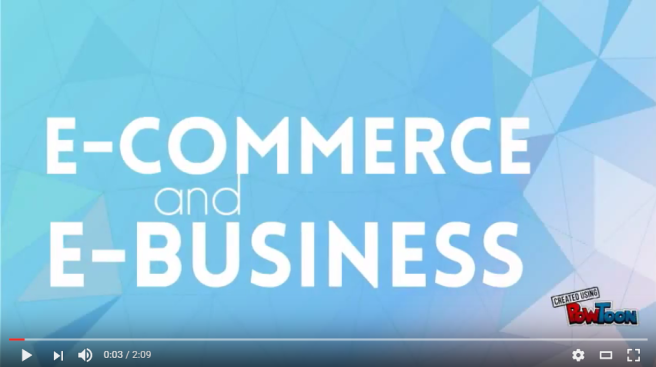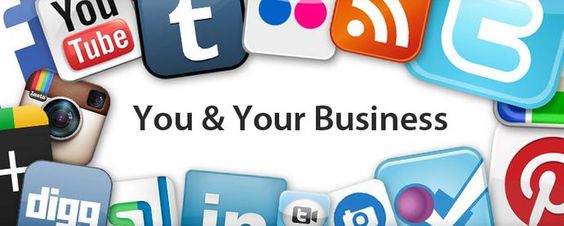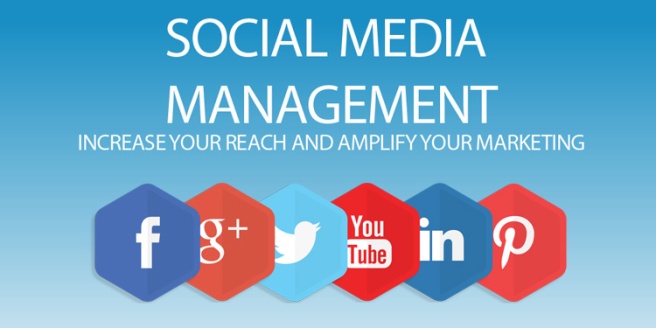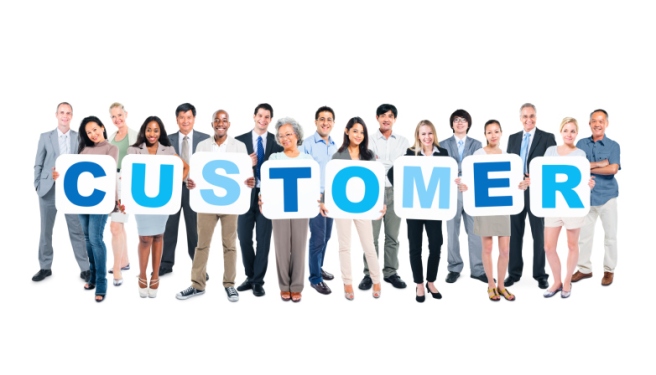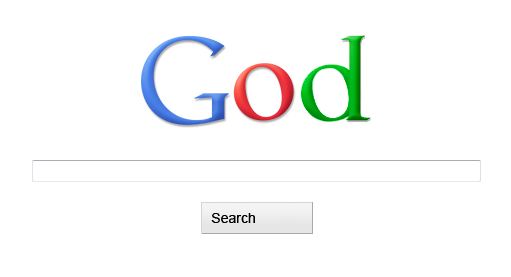Are you like me? Are you hooked to the Internet? Do you live and breathe the Internet? Do you even do your shopping on the Internet? Because obviously actually lifting yourself to the shops is so passé. And besides with the Internet, you no longer have to deal with annoying salespeople who follow you around constantly and give you the blackest of faces if you leave the store empty handed.
So if you are familiar with any of the above, then you would have some sort of inkling about words like “online shopping”, “E-commerce” or “E-business”. They seem to be revolving around the same idea right? So technically they mean the same thing right?
WELL NO. You are as clueless as Jon Snow.

I will admit, I knew nothing prior to this week’s lecture too. Since now I am obviously all smart and cultured, let me dish out some knowledge.
E-Commerce refers to the process of buying and selling products or services electronically. When I say ‘electronically’, it does not only apply to the Internet platform. As such, even the ATM is a form of e-commerce. There are 2 aspects involved: the buying from suppliers and the selling to customers. The nature of market relationships matters too.
For example, there is Business-to-Consumer (B2C)→ sites like Asos, Qoo10 and eBay where business transactions are carried out directly between a company and consumers who are the end-users of its products or service.

Then there is Business-to-Business (B2B) → examples such as AliBaba or from last week’s blog post, social media managements, which focus on the exchange of products, services or information between businesses, instead of the traditional B2C.
Lastly there is Consumer-to-Consumer (C2C) → examples like Carousell and online auctions where the business transaction occurs between 2 consumers.
The type of technology used also helps to classify the types of E-commerce. There is Peer-to-peer (P2P) where computing or networking is a distributed application architecture that partitions tasks or work loads between peers. Peers have equal rights and are equipotent participants in the application.
On the other hand, there is Mobile commerce (M-commerce) where the buying and selling of goods and services is done via wireless handheld devices such as handphones.
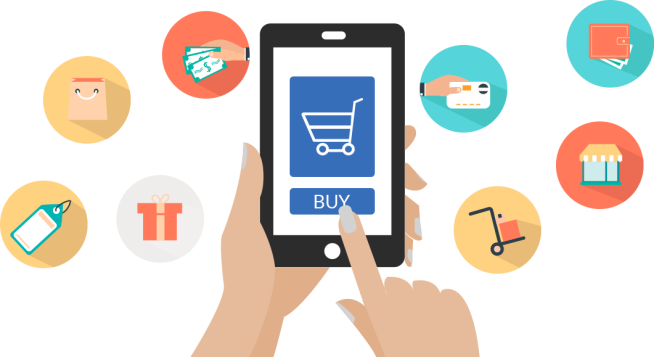
Let’s move on to E-business. In essence, E-Commerce is a subset of E-Business. Thus, EB also follows the e-commerce process BUT with the additional use of Internet or other digital technologies for carrying out internal business applications and liasing with suppliers and partners. For example, an E-Business could leverage on the Internet to perform inventory or even accounting. It isn’t only about buying and selling.
If you would like to gather even more insights in this field, check out this video link.
